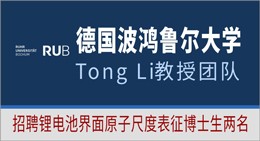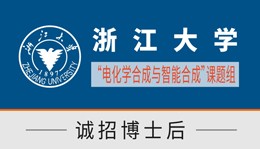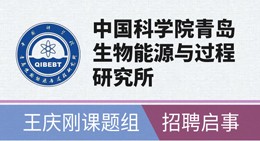Advanced Fiber Materials ( IF 17.2 ) Pub Date : 2022-10-06 , DOI: 10.1007/s42765-022-00215-x
Hao Jia , Kaiyu Liu , Yintung Lam , Benjamin Tawiah , John H. Xin , Wenqi Nie , Shou-xiang Jiang
|
|
Neutral aqueous zinc ion batteries (ZIBs) have tremendous potential for grid-level energy storage and portable wearable devices. However, certain performance deficiencies of the components have limited the employment of ZIBs in practical applications. Recently, a range of pristine materials and their composites with fiber-based structures have been used to produce more efficient cathodes, anodes, current collectors, and separators for addressing the current challenges in ZIBs. Numerous functional materials can be manufactured into different fiber forms, which can be subsequently converted into various yarn structures, or interwoven into different 2D and 3D fabric-like constructions to attain various electrochemical performances and mechanical flexibility. In this review, we provide an overview of the concepts and principles of fiber-based materials for ZIBs, after which the application of various materials in fiber-based structures are discussed under different domains of ZIB components. Consequently, the current challenges of these materials, fabrication technologies and corresponding future development prospects are addressed.
Graphical Abstract
Neutral aqueous zinc ion batteries (ZIBs) have tremendous potential for grid-level energy storage and portable wearable devices. However, certain performance deficiencies of the components have limited the employment of ZIBs in practical applications. Recently, a range of pristine materials and their composites with fiber-based structures have been used to produce more efficient cathodes, anodes, current collectors, and separators for addressing the current challenges in ZIBs. Numerous functional materials can be manufactured into different fiber forms, which can be subsequently converted into various yarn structures, or interwoven into different 2D and 3D fabric-like constructions to attain various electrochemical performances and mechanical flexibility. In this review, we provide an overview of the concepts and principles of fiber-based materials for ZIBs, after which the application of various materials in fiber-based structures are discussed under different domains of ZIB components. Consequently, the current challenges of these materials, fabrication technologies and corresponding future development prospects are addressed.
中文翻译:

用于水系锌离子电池的纤维基材料
中性水系锌离子电池(ZIBs)在电网级储能和便携式可穿戴设备方面具有巨大潜力。然而,组件的某些性能缺陷限制了 ZIB 在实际应用中的使用。最近,一系列原始材料及其具有纤维基结构的复合材料已被用于生产更高效的正极、负极、集流体和隔膜,以应对 ZIB 的当前挑战。许多功能材料可以制成不同的纤维形式,随后可以转化为各种纱线结构,或交织成不同的 2D 和 3D 织物状结构,以获得各种电化学性能和机械柔韧性。在本次审查中,我们概述了 ZIBs 纤维基材料的概念和原理,然后在 ZIB 组件的不同领域讨论了各种材料在纤维基结构中的应用。因此,解决了这些材料、制造技术和相应的未来发展前景的当前挑战。
图形概要
中性水系锌离子电池(ZIBs)在电网级储能和便携式可穿戴设备方面具有巨大潜力。然而,组件的某些性能缺陷限制了 ZIB 在实际应用中的使用。最近,一系列原始材料及其具有纤维基结构的复合材料已被用于生产更高效的正极、负极、集流体和隔膜,以应对 ZIB 的当前挑战。许多功能材料可以制成不同的纤维形式,随后可以转化为各种纱线结构,或交织成不同的 2D 和 3D 织物状结构,以获得各种电化学性能和机械柔韧性。在本次审查中,我们概述了 ZIBs 纤维基材料的概念和原理,然后在 ZIB 组件的不同领域讨论了各种材料在纤维基结构中的应用。因此,解决了这些材料、制造技术和相应的未来发展前景的当前挑战。































 京公网安备 11010802027423号
京公网安备 11010802027423号